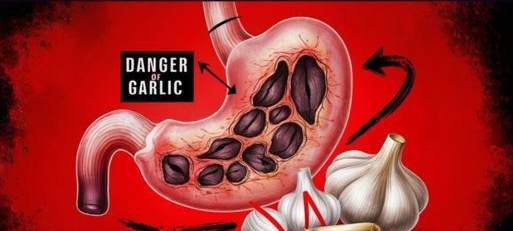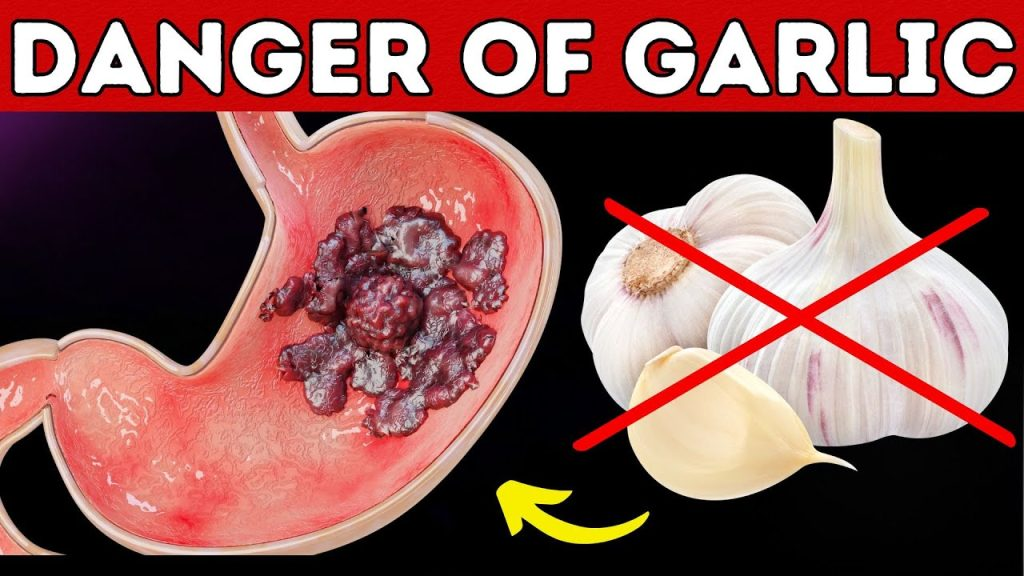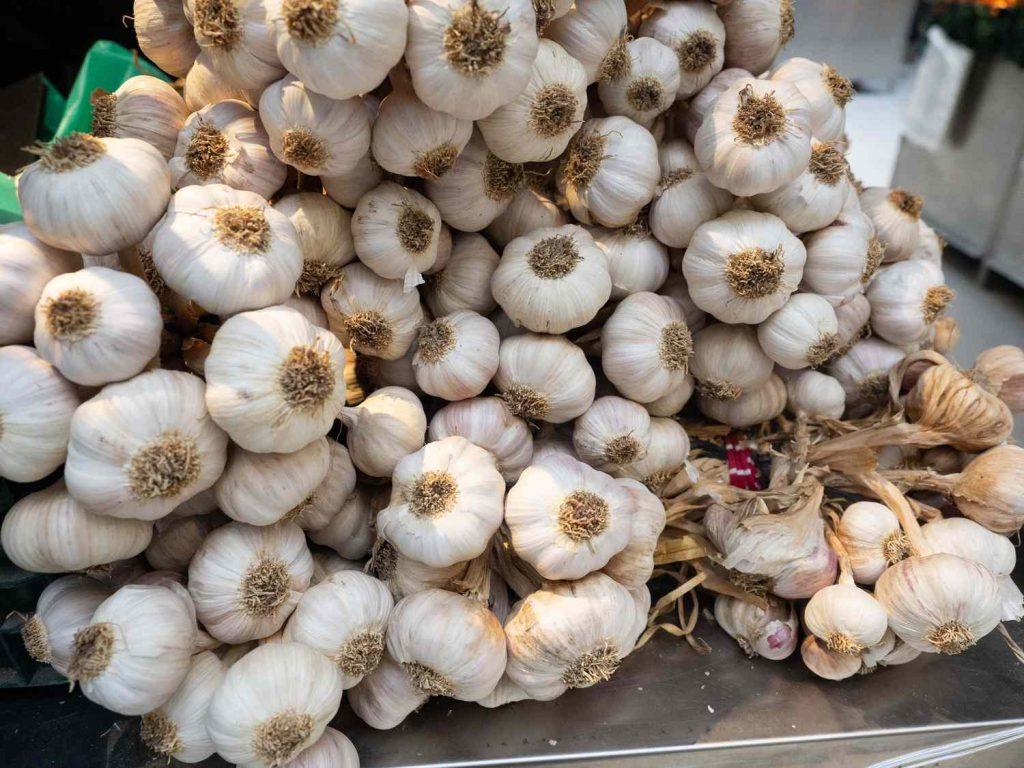Garlic is a culinary treasure celebrated for its distinctive taste and powerful health benefits. Yet, even the most enthusiastic home chefs can fall prey to common garlic mistakes that diminish its flavor and nutritional punch. In this comprehensive guide, we’ll explore how to unlock garlic’s full potential by avoiding disasters in your kitchen. Ready to transform your cooking? Let’s dive into the dos and don’ts of garlic preparation and use.
Fresh vs. Pre-Mined Garlic: Why Fresh is Best

When it comes to garlic, fresh cloves always outshine pre-minced alternatives. Many of us reach for that convenient jar of pre-minced garlic, but in doing so, we often sacrifice both flavor and health benefits. Fresh garlic contains natural compounds that give it its robust aroma and vibrant taste, qualities that are lost when preservatives and additives are introduced.
Using fresh garlic not only elevates your dishes but also ensures you reap the full nutritional benefits. By choosing fresh cloves, you allow your recipes to burst with the authentic flavor that only nature can provide. Next time you’re in the kitchen, take a moment to peel and chop a fresh clove—it’s a small effort that makes a big difference.
Mastering the Art of Cooking Garlic: Timing is Everything
Have you ever experienced a dish ruined by bitter garlic? Overcooking garlic can transform its delightful taste into an overpowering bitterness that can spoil your entire meal. The key to preserving garlic’s natural sweetness and aroma lies in timing.
For instance, when sautéing garlic, cook it for no longer than 30 seconds to one minute—just enough to release its enticing fragrance. Adding garlic towards the end of the cooking process is another brilliant strategy. This prevents the beneficial compounds from breaking down under high heat and keeps the flavor profile balanced. Think of garlic like a delicate spice; a little bit goes a long way when used correctly.
Unlocking Allicin: The Power of Crushing or Chopping
One of garlic’s most powerful features is allicin—a compound known for its antioxidant, anti-inflammatory, and even antimicrobial properties. However, to release allicin, garlic must be properly crushed or chopped. When you break down the cell walls of garlic, you set off a natural chemical reaction that creates this beneficial compound.
Here’s a simple tip: after chopping or crushing your garlic, let it sit for about 10 minutes before adding it to your dish. This waiting period allows allicin to form fully, maximizing both the flavor and health benefits of your garlic. Imagine it as giving your garlic a moment to “breathe” before it joins the party in your pan.
Proper Storage: Keeping Garlic Fresh and Flavorful
Improper storage of garlic can lead to sprouting, mold, or even a significant loss of flavor. To ensure that your garlic remains fresh and potent, store it in a cool, dry place with good air circulation. Avoid the temptation to store garlic in the refrigerator—while it may seem like a good idea, the cold, humid environment can cause it to sprout prematurely.
A mesh bag or a well-ventilated container works wonders for keeping garlic at its best. This simple yet effective storage method not only prevents waste but also ensures that every clove you use is as fresh as the day it was harvested.
Garlic Powder vs. Fresh Garlic: The Concentration Conundrum

Garlic powder is often touted as a convenient substitute for fresh garlic, but it rarely matches the depth of flavor and health benefits provided by its fresh counterpart. Garlic powder is more concentrated and lacks the subtle complexity of freshly chopped garlic. If a recipe calls for fresh garlic, be cautious when substituting with garlic powder—adjust the quantity accordingly to avoid overpowering your dish.
While garlic powder might be useful in a pinch, it’s always best to use fresh garlic when possible. Not only does it deliver a richer flavor, but it also offers the full spectrum of health benefits associated with garlic’s natural compounds.
Effortless Garlic Peeling: Tips and Tricks
Peeling garlic can be a tedious task if you don’t know the right technique. Have you ever found yourself frustrated with clove after clove stubbornly clinging to its skin? There’s a simple trick that can save you time and effort: place the garlic clove under the flat side of a knife and give it a quick, gentle smash. This action loosens the skin, making it easy to peel away.
This little hack transforms the peeling process into a swift and satisfying ritual. Not only does it save time, but it also helps maintain the integrity of the garlic, ensuring that you get every bit of flavor and nutritional goodness without any unnecessary waste.
The Health Benefits of Garlic: More Than Just a Flavor Enhancer
Garlic isn’t just a kitchen staple for its taste—it’s a powerhouse of health benefits. Rich in vitamins, minerals, and antioxidants, garlic can help boost your immune system, lower blood pressure, and even improve cardiovascular health. Incorporating garlic into your daily diet is a simple yet effective way to enhance your overall well-being.
By avoiding common pitfalls like overcooking or using pre-minced garlic, you ensure that you are consuming garlic in its most potent form. Remember, each time you use garlic, you’re not only enhancing your dishes but also taking a step towards a healthier lifestyle. It’s like adding a natural health supplement right into your cooking.
Avoiding Common Garlic Disasters: A Quick Recap

Let’s take a moment to review the key points that will help you avoid garlic disasters in your kitchen:
- Use Fresh Garlic: Opt for fresh cloves over pre-minced alternatives to maximize flavor and nutritional value.
- Mind the Cooking Time: Add garlic at the end of the cooking process and sauté for only 30 seconds to one minute to prevent bitterness.
- Crush or Chop Before Use: Always crush or chop garlic and let it sit for 10 minutes to allow allicin to form fully.
- Store Properly: Keep garlic in a cool, dry place with good air circulation to avoid sprouting or mold.
- Fresh Over Powder: Choose fresh garlic over garlic powder for a richer taste, adjusting quantities if you must substitute.
- Peel with Ease: Use the knife-smash technique to peel garlic quickly and efficiently.
These simple yet effective practices not only help you avoid common mistakes but also ensure that every dish you prepare is bursting with the authentic, robust flavor that garlic offers.
Cooking with Confidence: Embracing Garlic’s True Potential
Embracing these garlic preparation tips means you’ll start noticing a remarkable difference in your culinary creations. Imagine your favorite pasta sauce, soup, or stir-fry elevated by the true essence of fresh garlic. The flavor becomes more vibrant, the aroma more enticing, and the overall dish more satisfying.
Cooking should be a joyful and creative process—not marred by frustrating mistakes or disappointing results. With these tips in your culinary toolbox, you can approach every recipe with confidence, knowing that you’re making the most of garlic’s natural magic.
Conclusion
Garlic is undeniably one of the most versatile and healthful ingredients in our kitchens, but its potential is only fully realized when used correctly. From choosing fresh garlic over pre-minced options to mastering the art of timing in cooking, every step matters. By crushing or chopping garlic to release allicin, storing it properly, and even using the right technique to peel it, you’re setting yourself up for a culinary success that’s as healthy as it is flavorful. Embrace these practical tips, and transform your cooking experience into a celebration of garlic’s true brilliance. Happy cooking!


